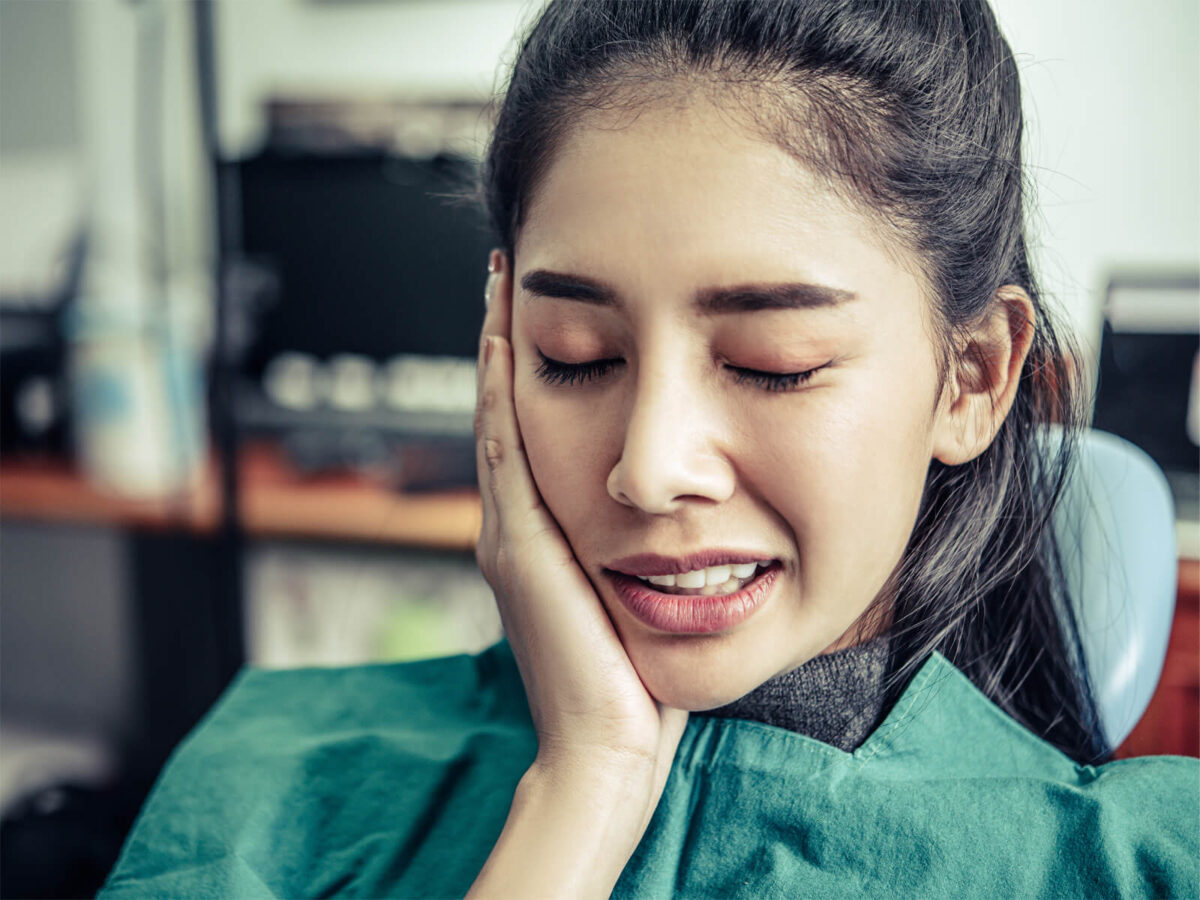Blog
Dental hygiene tips for healthy teeth & gums

Why Does It Hurt To Chew After A Dental Filling?
Dental fillings are common restorative procedures used to repair a dental cavity and restore the structural integrity of teeth. While their purpose is to alleviate pain and prevent further decay, some individuals may experience discomfort or pain when chewing after receiving a dental filling. This article explores the reasons behind post-filling pain and provides guidance on managing and treating this temporary discomfort.
Common Causes of Post-Filling Pain:
- Tooth Sensitivity: After a dental filling, experiencing sensitivity is quite common. Sensitivity to temperature changes, especially to cold or hot stimuli, may cause the teeth to become sensitive.
- Explanation: During the filling process, the dentist removes decayed tooth material and fills the cavity with restorative material, such as amalgam or composite resin. This process can result in temporary tooth sensitivity.
- Nerve Irritation: The dental filling process can irritate the tooth’s nerves, leading to discomfort.
- Explanation: The removal of decay and placement of the filling can irritate the pulp and nerves inside the tooth, causing temporary pain.
- Excessive Filling: An overly large dental filling can disrupt natural biting and chewing alignment, causing discomfort.
- Explanation: A filling that is too large can create uneven pressure distribution during biting and chewing. This misalignment can stress the tooth and surrounding structures, leading to pain.
- Microleakage: This occurs when there is a microscopic gap between the tooth and the filling material.
- Explanation: These gaps can allow bacteria and debris to enter, causing sensitivity and discomfort. Microleakage becomes more common as the filling ages or if there are issues with the initial placement.
- Pulpitis: In some cases, the dental filling procedure can cause irritation of the pulp.
- Explanation: The filling process can lead to pulpitis or inflammation of the pulp tissue. This inflammation can cause pain, especially when chewing.
Managing Post-Filling Pain:
- OTC Pain Medications: Over-the-counter pain medications, such as acetaminophen or ibuprofen, can help manage post-filling pain. Follow the dosage recommendations and guidelines provided by your healthcare professional.
- Sensitive Toothpaste: Toothpaste formulated for sensitive teeth can help alleviate discomfort. These toothpastes often contain ingredients that numb nerve endings.
- Avoid Extreme Temperatures: For a short period, avoid extremely hot or cold foods and beverages, as these can trigger sensitivity. Gradually reintroduce these items as your sensitivity improves.
- Soft Diet: Opt for a soft diet to reduce stress on the treated tooth. Foods like yogurt, soup, and mashed potatoes are good choices. Avoid hard, crunchy, or sticky foods.
- Good Dental Hygiene: Maintaining proper dental hygiene, including regular brushing and flossing, is crucial. Keeping your mouth clean and healthy helps prevent further issues and aids in the healing process.
- Follow-up with Your Dentist: If pain persists or worsens, consult your dentist. They can assess the filling, address issues, and determine the best course of action.
Seek Professional Help When in Pain:
While some discomfort is normal following a dental filling, prolonged or severe pain should not be ignored. It’s important to seek professional help in the following situations:
- a. Prolonged Pain: Pain lasting more than a few days or intensifying over time indicates a potential issue that needs addressing.
- b. Increased Sensitivity: If tooth sensitivity increases rather than decreases, especially if it interferes with daily activities, consult your dentist.
- c. Signs of Problems: If there are clear signs of an issue, such as swelling, redness, or discharge around the treated tooth, seek immediate dental care.
- d. Difficulty Biting or Chewing: Problems with biting or chewing may indicate an issue with the filling’s placement or alignment that needs correction.
Conclusion:
Pain when chewing after a dental filling is not uncommon and is often a normal part of the healing process. However, understanding the underlying causes and implementing appropriate management strategies can help alleviate discomfort.
Adhering to post-filling care instructions, practicing good dental hygiene, and visiting your dentist if discomfort persists or worsens are essential. With proper care and professional guidance, post-filling pain can be effectively managed, allowing you to enjoy optimal dental health and comfort.
